Geon Ho Choe (auth.)9783540231219, 3540231218
Ergodic theory is hard to study because it is based on measure theory, which is a technically difficult subject to master for ordinary students, especially for physics majors. Many of the examples are introduced from a different perspective than in other books and theoretical ideas can be gradually absorbed while doing computer experiments. Theoretically less prepared students can appreciate the deep theorems by doing various simulations. The computer experiments are simple but they have close ties with theoretical implications. Even the researchers in the field can benefit by checking their conjectures, which might have been regarded as unrealistic to be programmed easily, against numerical output using some of the ideas in the book. One last remark: The last chapter explains the relation between entropy and data compression, which belongs to information theory and not to ergodic theory. It will help students to gain an understanding of the digital technology that has shaped the modern information society.
Table of contents :
Prerequisites….Pages 1-46
Invariant Measures….Pages 47-84
The Birkhoff Ergodic Theorem….Pages 85-132
The Central Limit Theorem….Pages 133-154
More on Ergodicity….Pages 155-182
Homeomorphisms of the Circle….Pages 183-210
Mod 2 Uniform Distribution….Pages 211-236
Entropy….Pages 237-268
The Lyapunov Exponent: One-Dimensional Case….Pages 269-298
The Lyapunov Exponent: Multidimensional Case….Pages 299-332
Stable and Unstable Manifolds….Pages 333-362
Recurrence and Entropy….Pages 363-390
Recurrence and Dimension….Pages 391-416
Data Compression….Pages 417-437
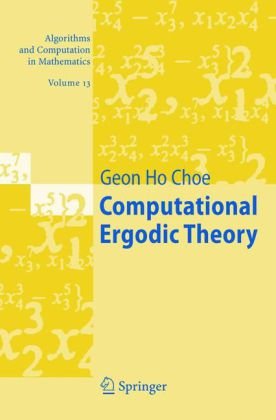
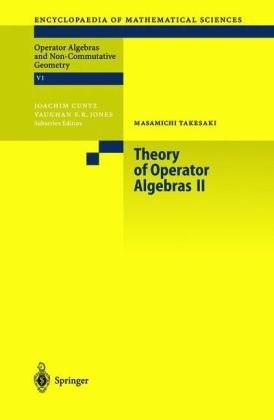
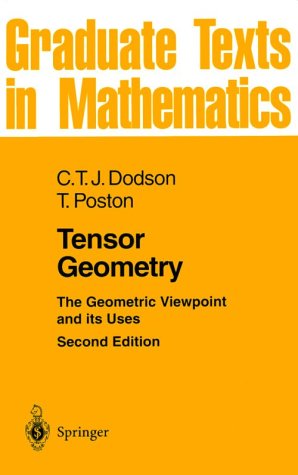
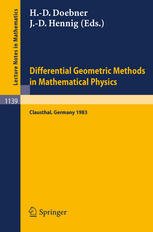
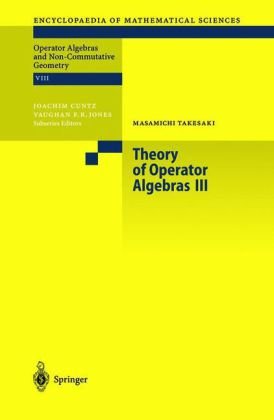


Reviews
There are no reviews yet.